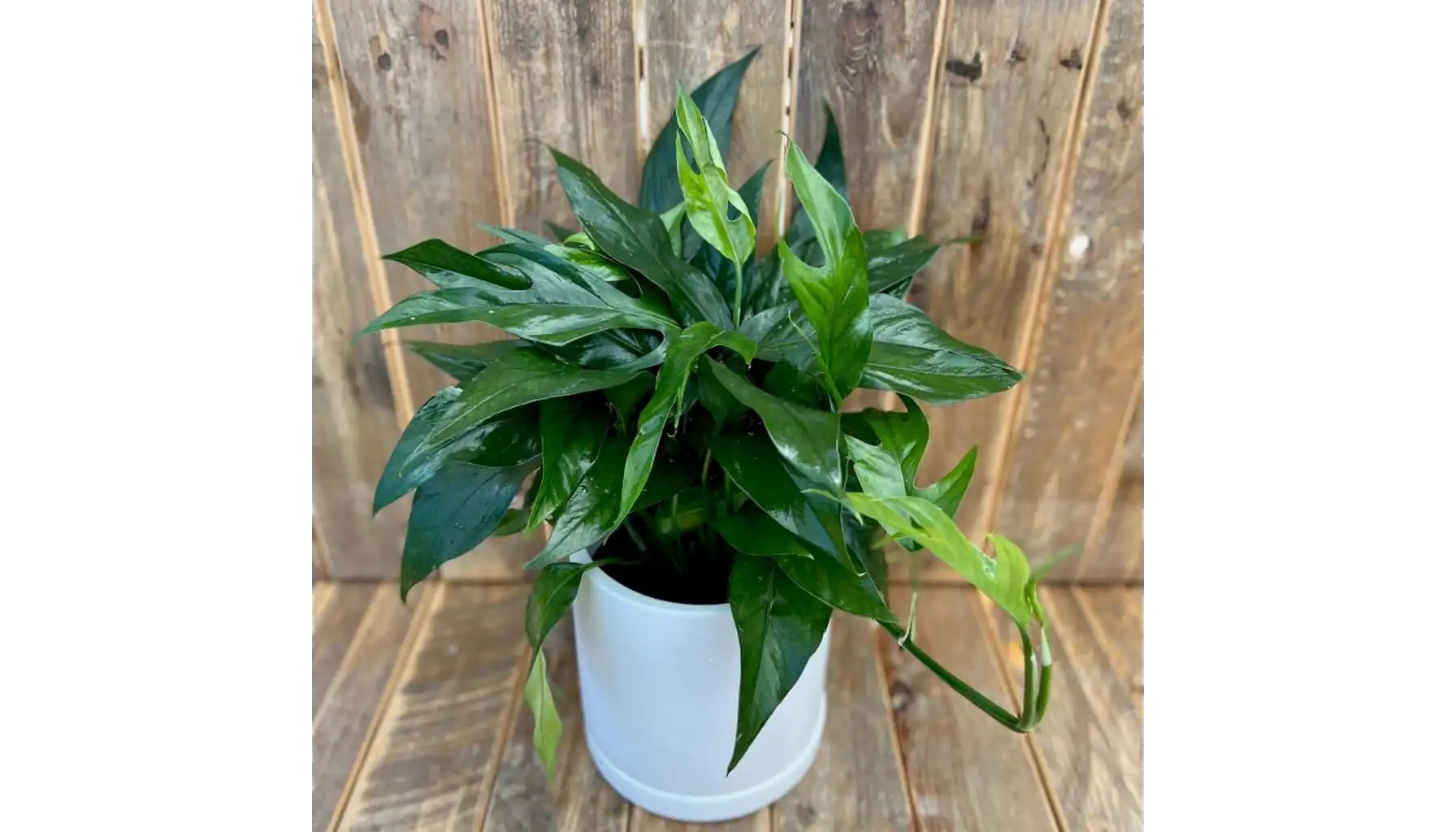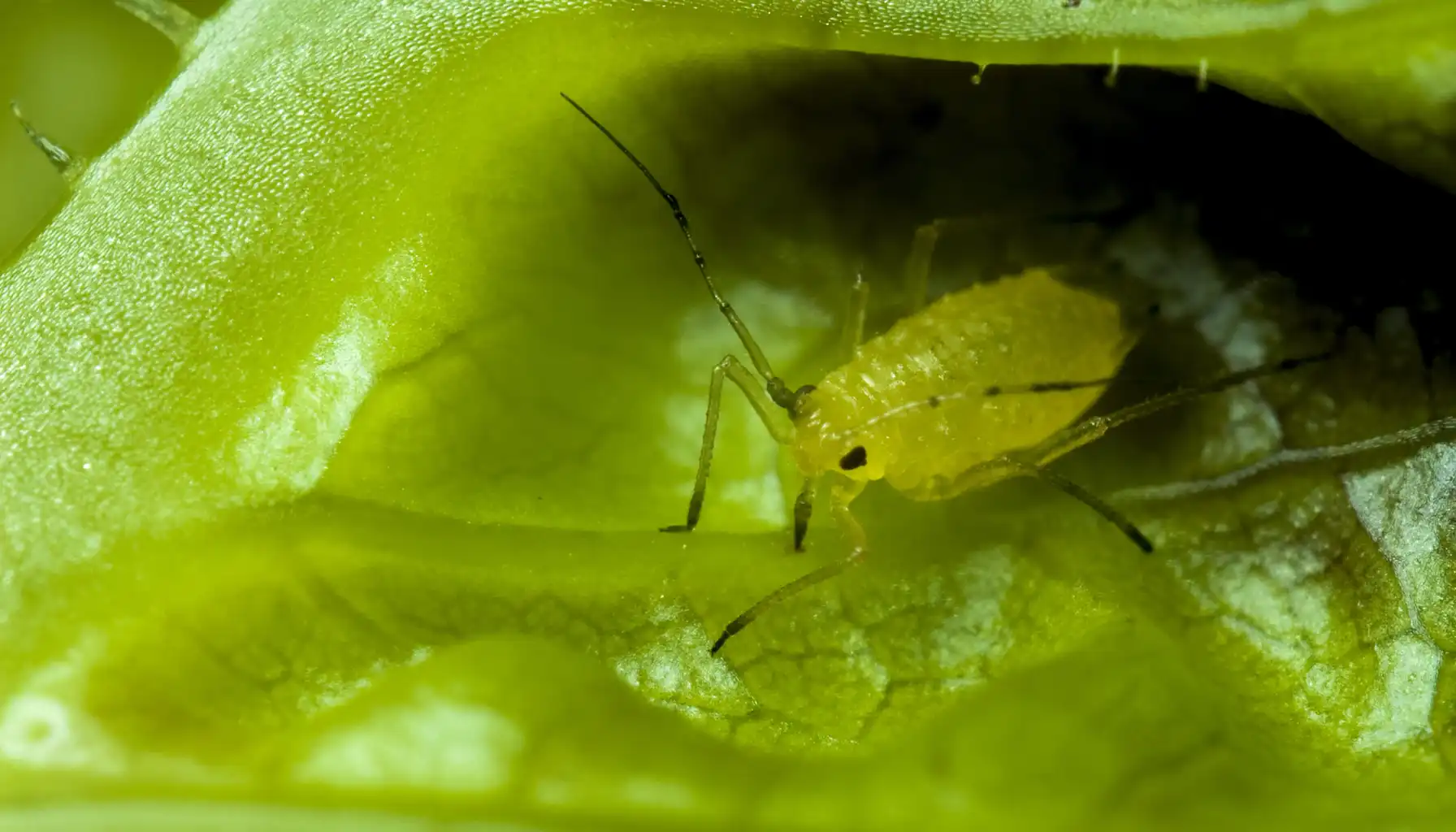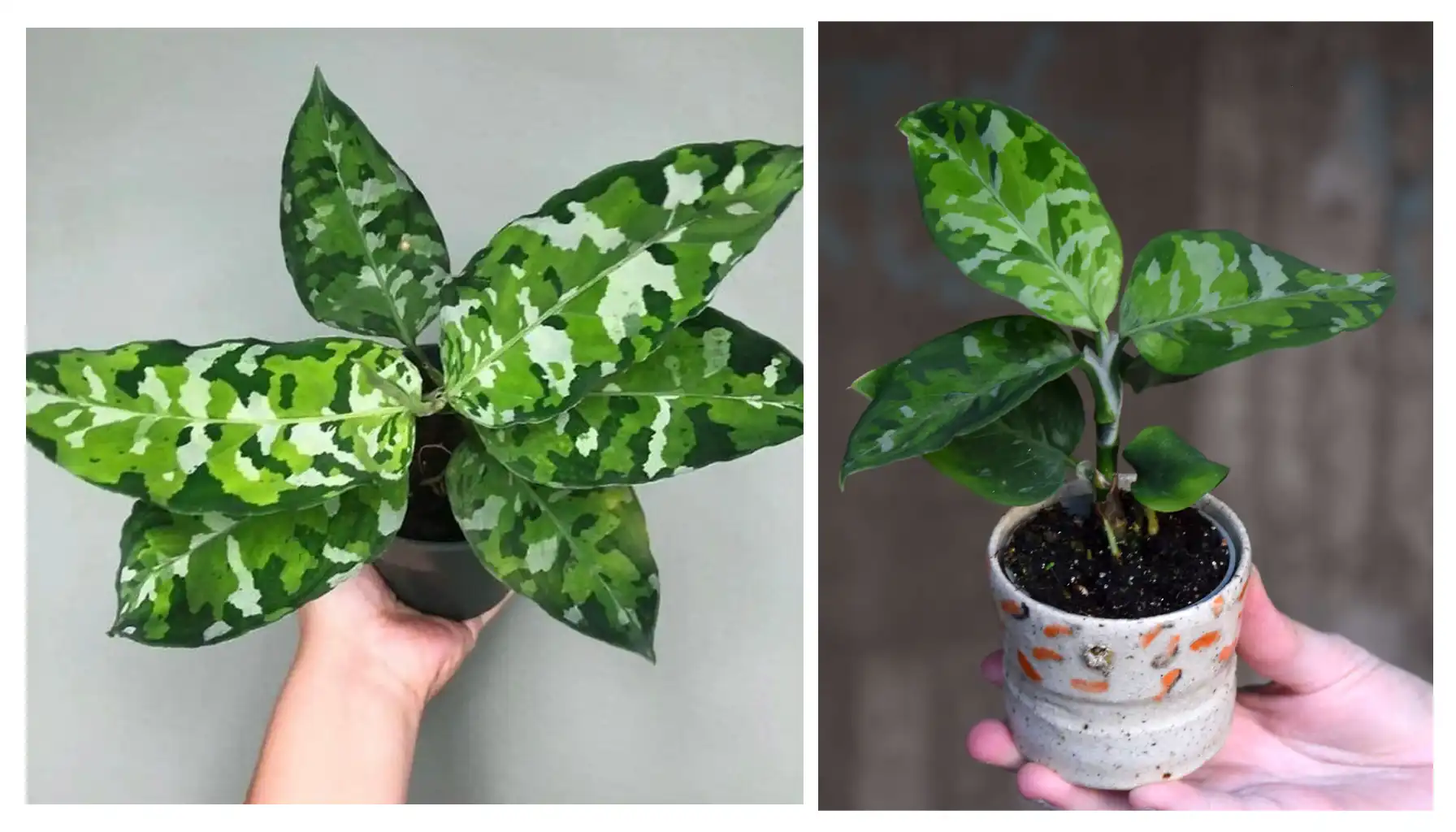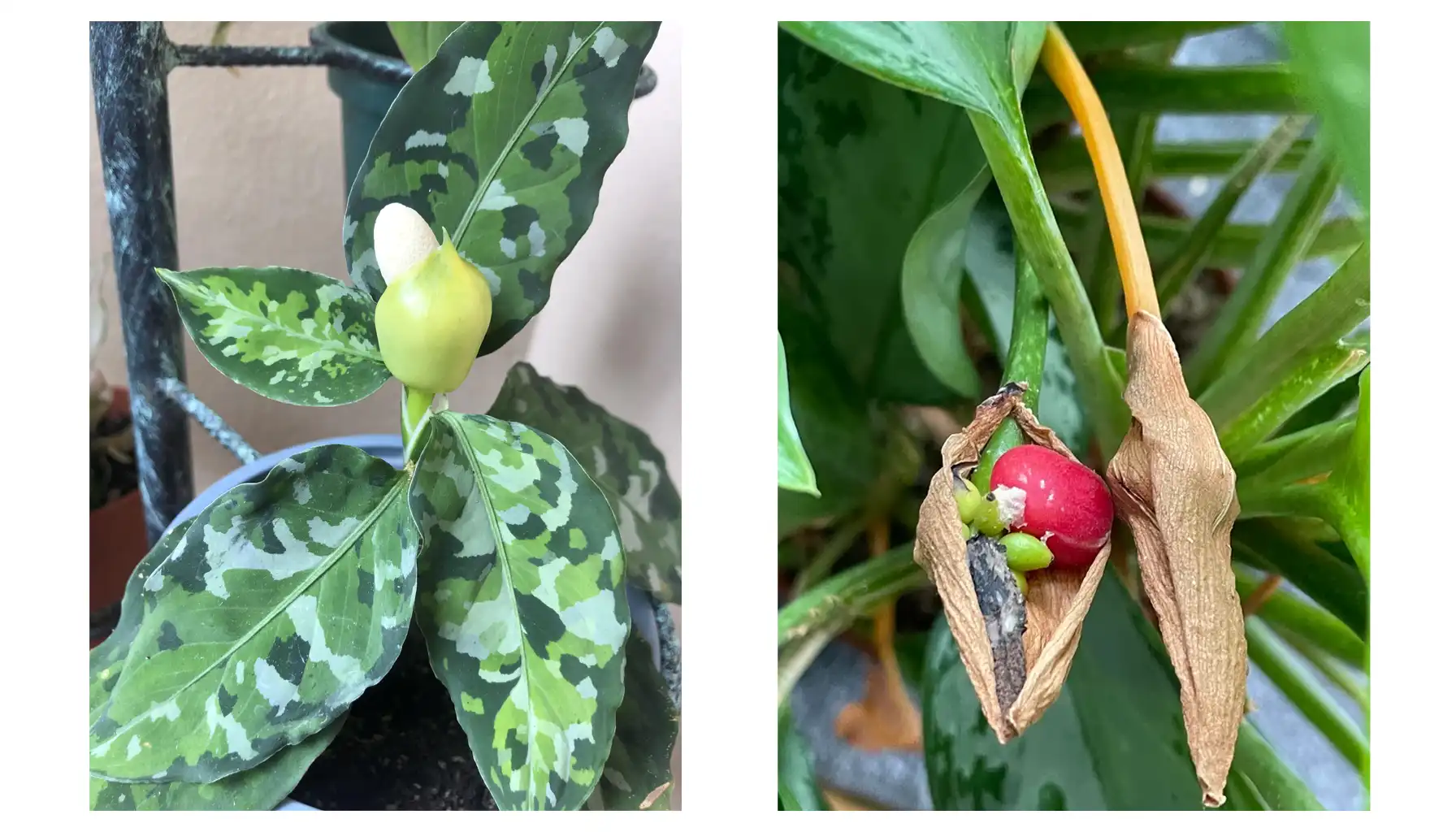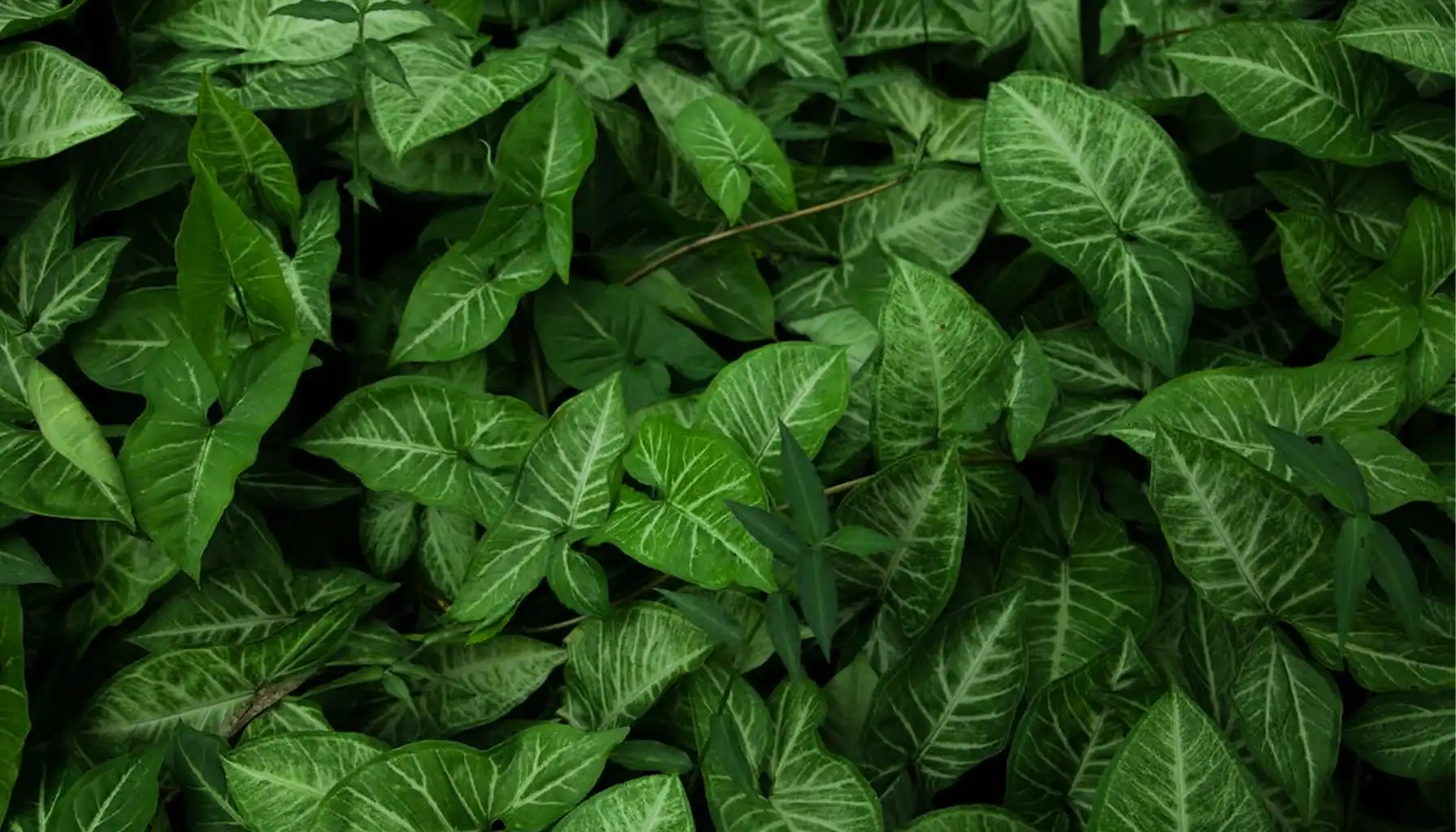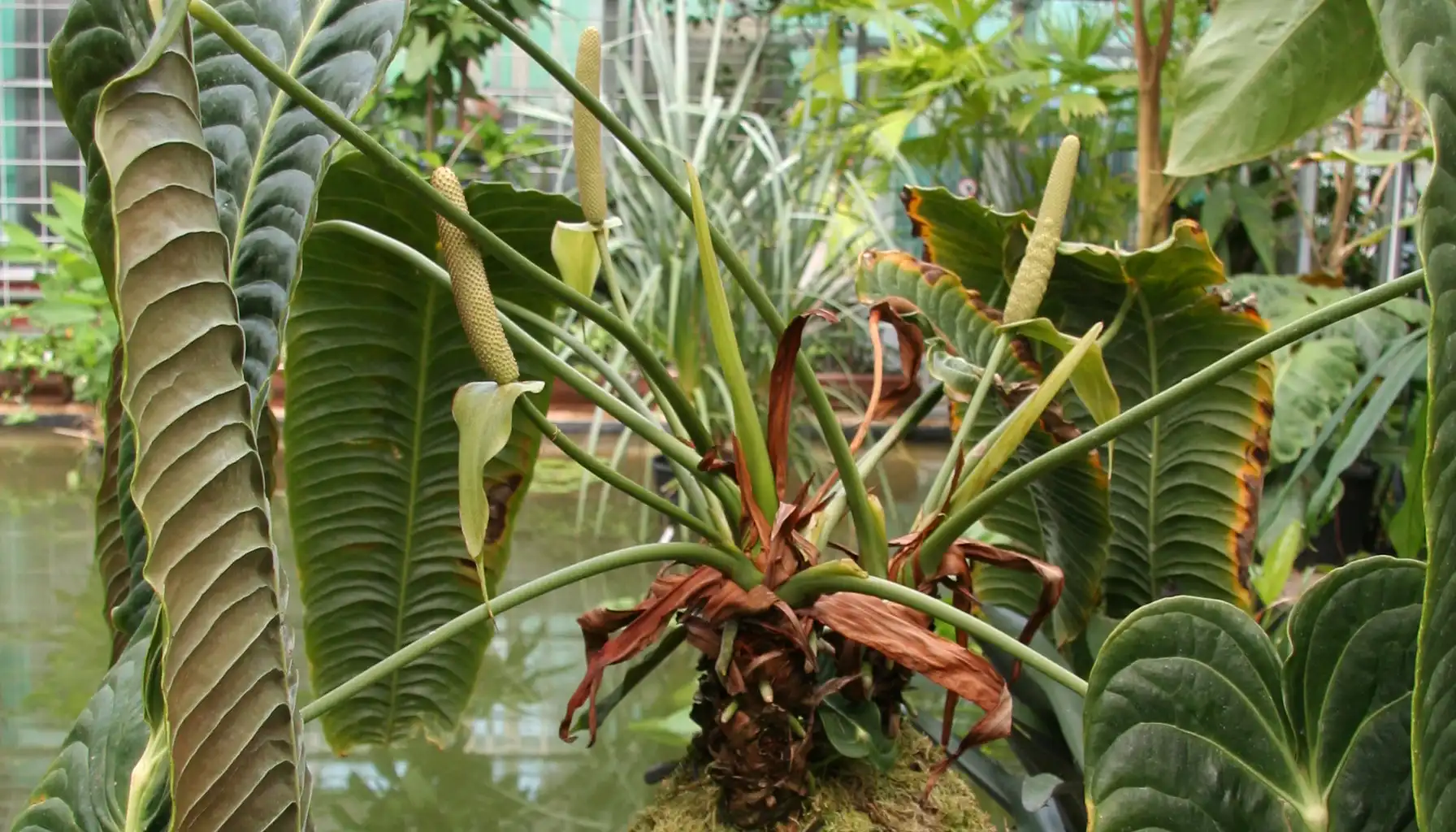Camouflage patterns are everywhere! You just don’t see them, because they are, well… camouflage. On the military uniform, tents, and even on one very special plant, named Aglaonema Pictum.
You will learn how to care for Aglaonema, to make this shrub grow healthy and plentiful. Watering tips, proper temperature, growth cycle, everything is here.
A Plant scanner app helps identify countless plants. It’s practical and fast.
Shortly About Aglaonema
The full name is Aglaonema Tricolor Pictum. It’s a shrub that commonly grows in Asian forests. People mainly grow it for ornamental beauty, mainly for the unique camouflage pattern. It’s hard to believe that this plant is not artificially made, but it's all natural.
As a side note, the famous military camouflage design was not inspired by this plant. Rather, this shrub was named after this design.
Tricolor Pictum Aglaonema Overview |
Feature | Details |
Origin | Tropical Southeast Asia, especially Indonesia |
Type | Evergreen tropical foliage plant |
Size | 1 to 2 feet (30–60 cm) tall |
Life span | 5–10 years or more with proper care |
Leaf Colors | Variegated leaves with a mix of dark green, silvery-gray, and pale green in a marbled “tricolor” pattern |
Flowers | Small, inconspicuous flowers, somewhat resembling Peace lilies |
Propagation | By stem cuttings or division |
Toxicity | Mildly toxic if ingested by pets or humans |
Special Features | Compact and has a unique coloration |
Aglaonema Growth and Flowers
Aglaonema Pictum Tricolor plant grows in 3 stages.
1. Vegetative Growth:
During this stage, the plant is still vulnerable and needs more water.
To reach Aglaonema Pictum Tricolor maturity, the shrub will need a few years. Depending on the care and conditions, it might reach adulthood faster.
2. Flowering:
An Aglaonema Pictum Tricolor full grown specimen starts producing flowers.
Aglaonema Pictum Tricolor flowers are small, white, or cream-colored. The flowers are typically self-pollinating, but they can also attract pollinators.
3. Seed Production:
Following flowering, the plant may produce seeds. This stage is a natural progression of the plant's reproductive cycle.
The seeds are hidden in the buds. If you open the wilted bud, you might see small green and bigger red seeds. Red seeds are fertilized.
After harvesting the seeds, you can plant them and continue your camouflage “dynasty”.
Aglaonema Pictum Tricolor Care
Most ornamental plants like Aglaonema need tender care to keep their colour bright and noticeable. This shrub is generally considered picky, but after some time, it gets established and needs less time and energy from you.
Follow these care tips, and your Pictum Tricolor Aglaonema will have the best leaves.
Light Requirements
This flora prefers bright, indirect light but can tolerate low light. Direct sunlight can scorch the leaves or fade the vibrant colors.
East or west-facing windows are ideal, as they provide gentle, indirect light, while a sheer curtain can help filter harsh southern sunlight.
Water Requirements
A good watering strategy is watering this plant with contrasts. You should give it a good weekly watering, but before the new watering session, the soil should become very dry. Thai strategy helps prevent dangerous root rot.
Reduce watering in winter when the plant's growth slows down.
Temperature Requirements
This flora thrives in environments between 65°F to 80°F (18°C to 27°C). It comes from warm Asian regions, and cold may easily destroy it. For these reasons, growing this flora outdoors is usually impossible.
During the winter, you can protect your plant from freezing by shutting the windows and checking the cold damage. Usually, leaves get black or gray spots when they are damaged by frost.
Soil Requirements
Most house plants, including Aglaonema, like a well-draining, airy potting mix. A mix of peat, perlite, and orchid bark works well to provide moisture retention and drainage.
Fertilizer Requirements
Feed this flora monthly during the growing season (spring and summer) with a balanced, diluted liquid fertilizer.
Reduce feeding in fall and winter. The shrub stops growing in these seasons, so there's no point in feeding it.
Pest Treatment
Nothing ruins the beauty of this shrub like disease and nasty pests. As for pests, this shrub gets common pests that other house plants may contract, like:
Spider Mites: Tiny, often red or brown arachnids. They create fine webbing on the undersides of leaves. Such leaves may become speckled, yellow, or dry out altogether.
Mealybugs: White, cottony bugs that usually appear in clusters on leaf joints or stems. They suck sap, weakening the plant and causing yellowing or leaf drop.
Aphids: Small green, black, or white bugs. They often huddle on new growth. They suck the sap and cause distorted or curled leaves.
Pest control measures are simple. Usually, you just need to wipe the pests from the leaves with a moist soapy cloth. If pests still don't go away, use insecticidal soap or a dish soap solution.
Disease Treatment
Common diseases for this shrub are:
Root Rot. Caused by overwatering and poor drainage. Root rot has symptoms like yellowing leaves, wilting, mushy roots, and a foul smell from the soil. If detected, remove affected roots and repot the plant in fresh soil.
Leaf Spot Disease. It can be defined as fungal or bacterial spots appearing as brown, black, or yellow patches on leaves. Often caused by high humidity and poor air circulation. To treat leaf spot diseases, remove affected leaves and avoid overhead watering. Fungicide can be used in severe cases.
Powdery Mildew. A fungal disease that appears as a white, powdery coating on leaves. Caused by poor room climate, when there’s high humidity with poor airflow. To remove the mildew, improve air circulation, and treat the shrub with fungicides or a mixture of baking soda and water spray.
Toxicity and Safety
Unfortunately, Aglaonema Pictum is toxic to both humans and pets if ingested. Moreover, almost every representative of this plant’s family is toxic, like Aglaonema Pictum Tricolor Pink, Lemon, etc. are not safe to swallow.
The toxicity comes from calcium oxalate crystals inside the plant. If you swallow them (by biting the plant, for example), you will feel a burning sensation in your mouth, swelling, and nausea.
This plant is not a deadly poison. The same oxalate crystals are ubiquitous in many house plants (for example, Fittonia). Just a very unpleasant experience.
Benefits and Use
Aglaonema is an ornamental shrub, first and foremost. But it has other uses that could benefit your home.
Benefit | Description |
Aesthetic & Decorative Value | Unique camouflage-patterned leaves add a striking visual element to homes or offices. Works well with the modern style of white painted rooms. |
Air Purification | This shrub is among the plants that purify the air indoors. Helps filter indoor pollutants like benzene and formaldehyde, improving air quality. |
Stress Reduction & Well-being | The presence of plants can reduce stress, improve mood, and boost productivity. |
Low Maintenance | Requires minimal care, suitable for busy people and beginners. |
Rarity & Collector’s Appeal | Considered a rare, highly sought-after plant prized by collectors. Some varieties cost over 25$. |
Feng Shui/Cultural Value | In some cultures, Aglaonemas are believed to bring luck, prosperity, and positive energy. |
AI Plant Finder
Have you ever wondered what the name of a flower or a shrub you’re seeing is? The AI Plant Finder might help you find the answer.
AI Plant Finder is a helpful digital guide for any botanist or gardener. The app has many functions, and the main one of them is plant recognition:
Snap a photo or upload an image, and the app uses AI to identify plants, like flowers, trees, shrubs, grasses, and more. The database has over 300,000 plant species and recognizes ~97% accuracy.
Diagnose plant issues through photos. The app analyzes symptoms, identifies potential diseases, estimates severity, and offers step-by-step treatment recommendations.
The app also offers two tools: Light Meter, which evaluates light conditions for optimal placement of your plants, and Water Calculator, which suggests watering amounts based on pot size, soil type, and humidity.
Are you unsure about your gardener's skills? Fear not, as the app includes an AI Botanist that offers advice on plant care, pest control, repotting, fertilizing, and more.
AI Plant Finder is Available on both iOS and Android.
Related AI Plant Finder Posts
